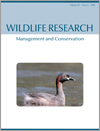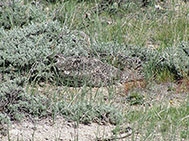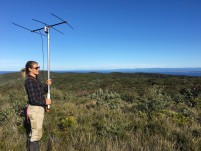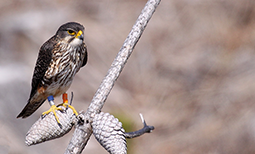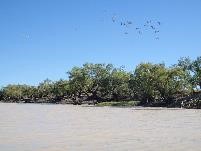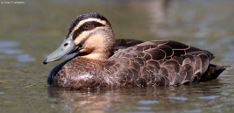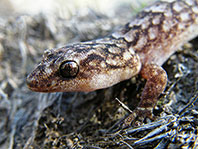WR17099A review of roadkill rescue: who cares for the mental, physical and financial welfare of Australian wildlife carers?
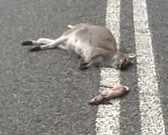
There are no national data on Australian roadkill and the wildlife carers who rehabilitate the resultant animal orphans. This research produces a conservative estimate of mammalian roadkill, quantifies the financial and physical input of carers and explores the emotional implications of caring. In the face of growing demand and diminishing recruitment rates, wildlife carers need more support at State and Federal level if the public service they provide is not to be compromised.


